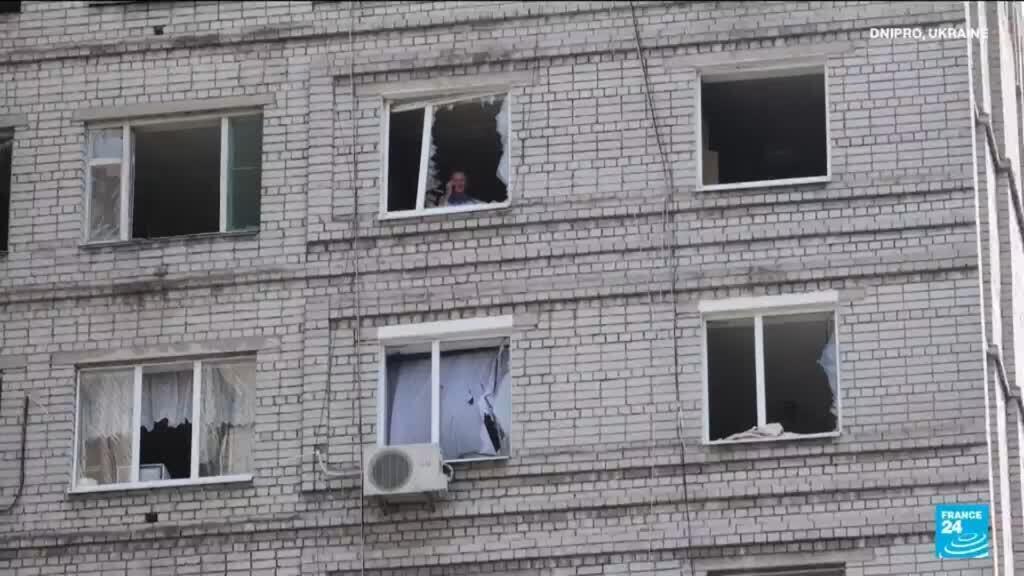On Tuesday, a series of devastating missile strikes by Russian forces targeted civilian infrastructure in central Ukraine, leading to a tragic loss of life and a significant number of injuries. The attacks resulted in the deaths of at least 19 individuals and left nearly 300 others wounded. The strikes specifically hit schools, hospitals, and kindergartens, highlighting a disturbing pattern of attacks on essential facilities in the ongoing conflict.
The missile assaults occurred amid escalating tensions in the region, as Ukrainian President Volodymyr Zelensky was visiting the Netherlands for important discussions with allies. His visit coincided with the NATO defense alliance summit, where strategic military collaborations and support for Ukraine were on the agenda. The timing of the attacks raised concerns about the increasing pressure that Ukraine faces as the conflict continues to intensify.
Eyewitness accounts from the affected areas described scenes of chaos and despair. Parents, teachers, and healthcare workers rushed to rescue those trapped under rubble, while emergency services worked tirelessly to provide medical assistance to the injured. The scale of destruction has prompted urgent calls for international support to bolster Ukraine’s defense capabilities.
This tragic episode serves as a stark reminder of the ongoing humanitarian crisis in Ukraine, where civilians often bear the brunt of the violence. As world leaders discussed strategies for supporting Ukraine, the attacks underscored the necessity for a robust and unified response to safeguard its population and infrastructure.
The implications of these missile strikes extend beyond the immediate tragedy. They signal a potential shift in tactics by Russian forces, who seem to be targeting densely populated areas to instill fear and disrupt daily life. As the situation unfolds, it remains crucial to monitor the developments closely, particularly in the context of international relations and military assistance to Ukraine.












